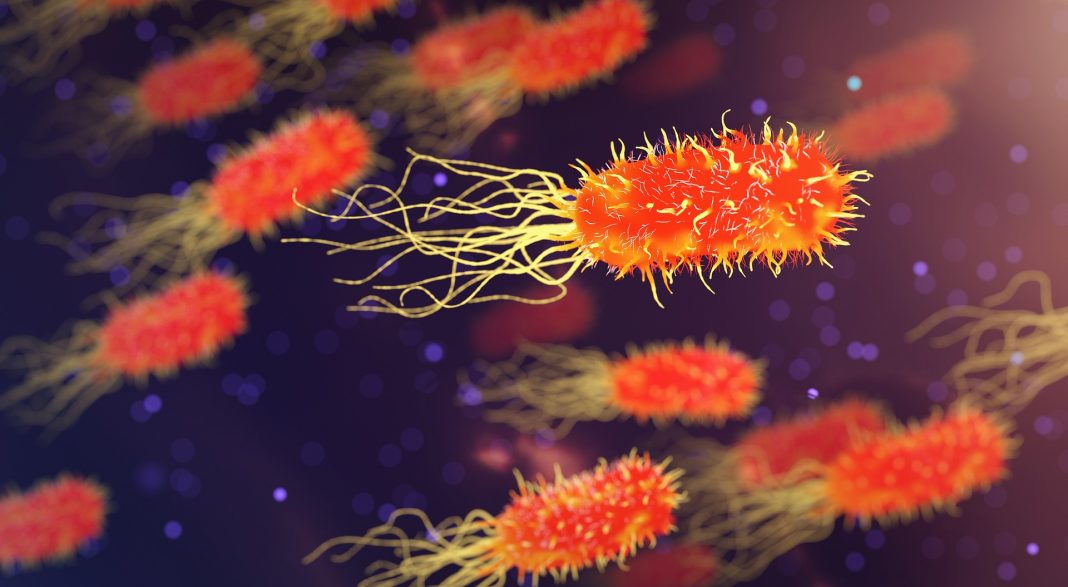The disparity between the number of bacterial species we know of versus what we don’t know is staggering. Much of this is due to that fact that scientists have not been able to culture many of these microbes in the lab. Now, a new study from investigators at the University of Tennessee, Knoxville suggests that uncultured microbes—those whose characteristics have never been described because they have not yet been grown in a lab culture—could be dominating nearly all the environments on Earth, except for the human body. The findings from the new study—published recently in mSystems through an article titled “Phylogenetically Novel Uncultured Microbial Cells Dominate Earth Microbiomes”—is the first to estimate the population of uncultured microbes.
Scientists have long been aware of this mass of uncultured microbes, also known by scientists as microbial dark matter. However, counting them one by one would be an impossible task and, up until now, researchers have not been able to even estimate how many of them there are.
In the current study, the research team provides what they believe is the answer: that as many as a quarter of the microbes on earth could come from the roughly 30 phyla—a taxonomic classification between kingdoms and classes—of microbes that have never been cultured.
“All vertebrates, every single animal with a spine, are contained within a single phylum,” explains lead study investigator Karen Lloyd, Ph.D., associate professor in the University of Tennessee, Knoxville's department of microbiology. “So, this means that we potentially have 30 different types of microbes that are each as different from any already known microbe as giraffes are from starfish.”
To estimate how many uncultured microbes call this planet home, Dr. Lloyd and her colleagues collected every DNA sequence deposited in public databases by researchers all over the world, totaling 1.5 million, and compared them to 26,000 DNA sequences of microbes and bacteria that have already been cultured.
“We quickly hit a serious computational limitation, but lucky for us, we have a great collaboration with the Joint Institute for Computational Sciences at Oak Ridge National Laboratory,” Dr. Lloyd notes. “They were able to provide the computing power we needed to get the job done.”
“We quantified the degree of similarity of 16S rRNA gene sequences from diverse environments in publicly available metagenome and metatranscriptome databases, which we show have far less of the culture bias present in primer-amplified 16S rRNA gene surveys, to those of their nearest cultured relatives,” the authors added. “Whether normalized to scaffold read depths or not, the highest abundances of metagenomic 16S rRNA gene sequences belong to phylogenetically novel uncultured groups in seawater, freshwater, terrestrial subsurface, soil, hypersaline environments, marine sediment, hot springs, hydrothermal vents, nonhuman hosts, snow, and bioreactors (22% to 87% uncultured genera to classes and 0% to 64% uncultured phyla).”
Additionally, the study and characterization of uncultured microbes can be a particularly valuable tool in specific fields—such as in medicine, where scientists have described cases of culture-resistant pathogens.
“Uncultured microbes are so vastly different than cultured ones that they might be doing unusual things, like surviving on extremely low energy or growing extraordinarily slowly, in ways that are hard for us even to imagine. Dr. Lloyd remarks. “It is also possible that these microbes can't grow on their own in culture because they die if they are removed from their intricate relationships with each other or their particular environment. Since these microbes provide many ecosystem services—such as helping crops grow and battling climate change—solving the considerable puzzle they've presented us is a crucial challenge for modern microbiology.”



